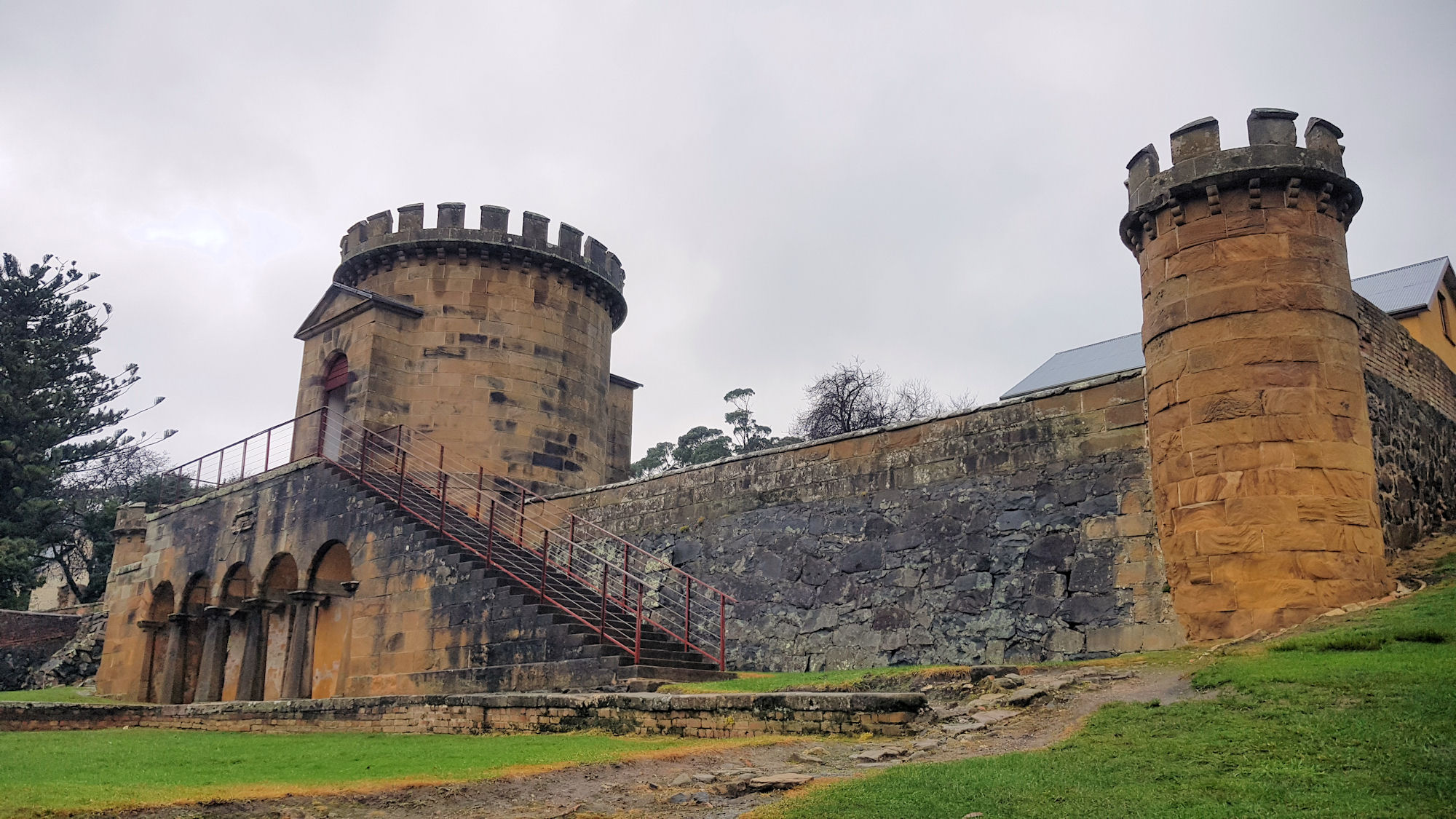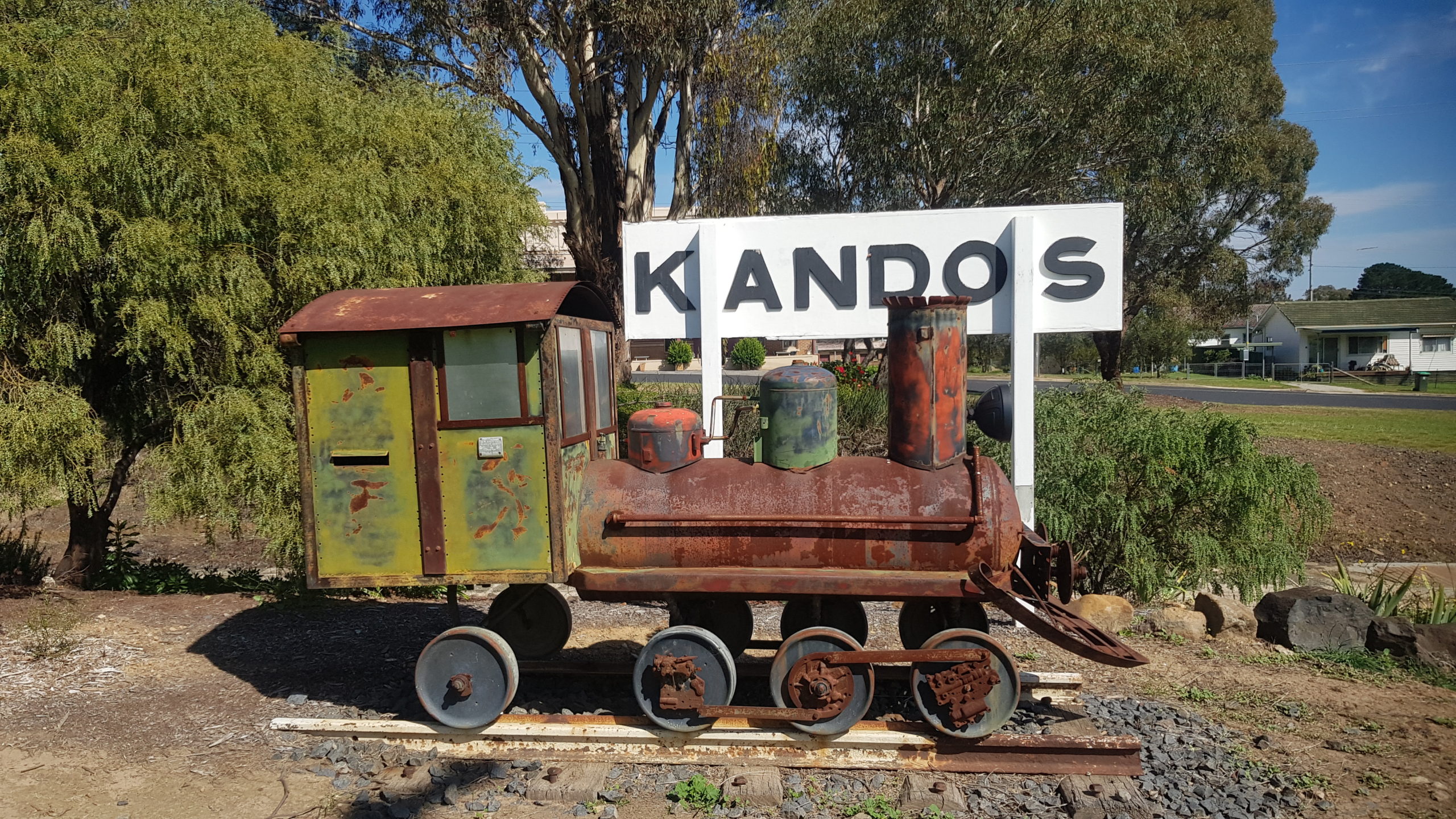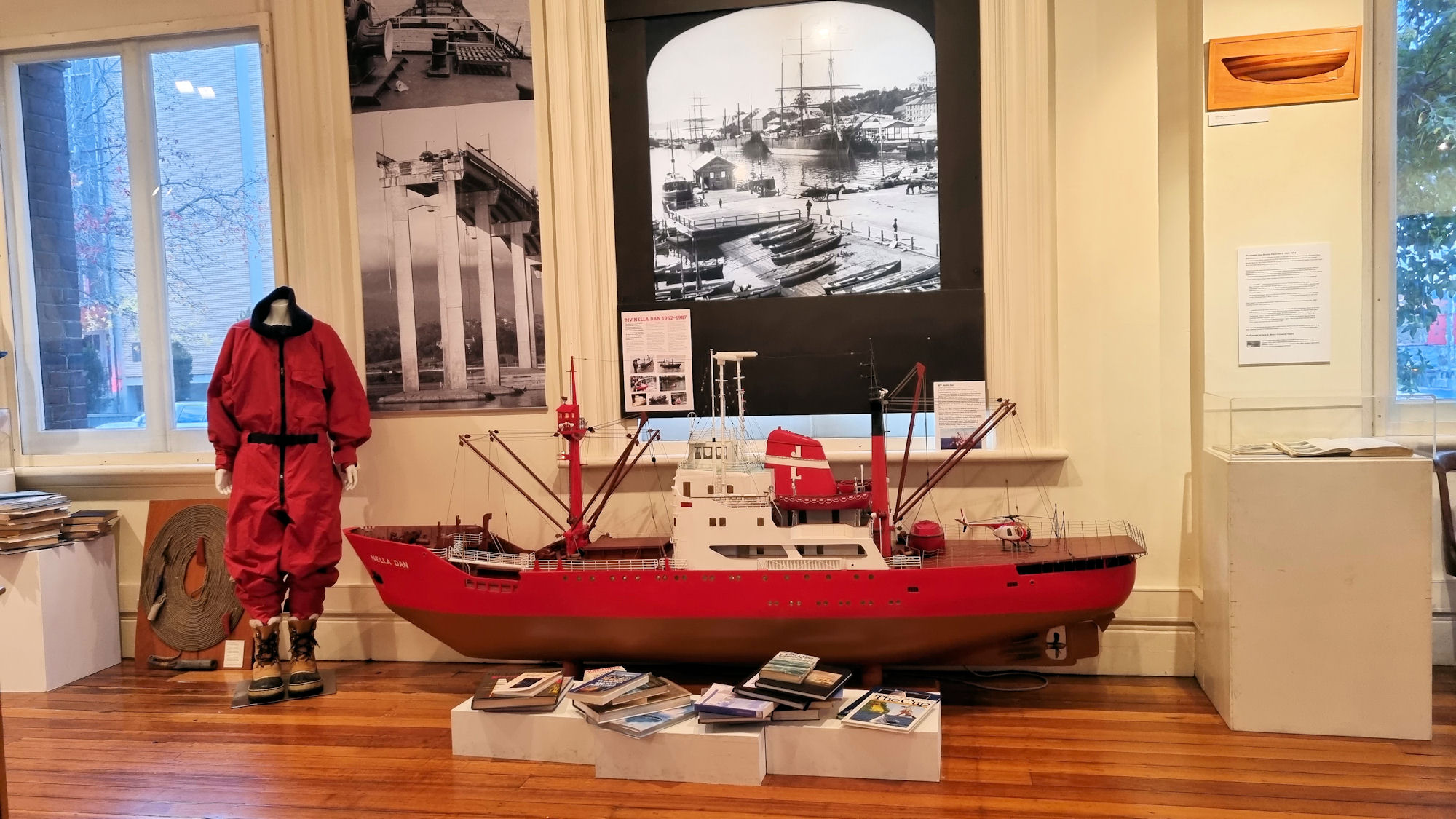Tag: museum
-
Port Arthur Historic Site Tasmania

Port Arthur Historic Site The World Heritage listed Port Arthur Historic Site contains over 30 buildings and extensive ruins. The listing reflects its importance to the story of forced migration and settlement of Australia. Primarily a penal settlement, Port Arthur also encompassed a wider community including military and civilian officers and their families. The preserved… Read more
-
Kandos The Town That Built Sydney

Kandos The Town That Built Sydney Established in the early 1900s for the NSW Cement, Lime and Coal Co Ltd, Kandos produced cement until the plant’s closure in 2011. Taken from the initials of the founding company directors: Campbell, Angus, Noyes, McDonald, Oakden and Stephen. The first letter was later changed to a K rather… Read more
